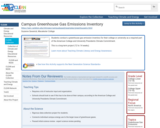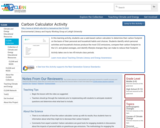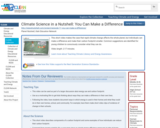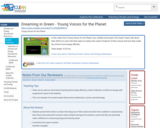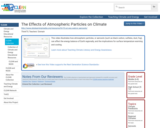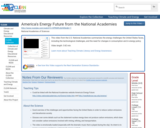
This video from the U.S. National Academies summarizes the energy challenges the United States faces, including the technological challenges, and the need for changes in consumption and in energy policy.
- Subject:
- Career and Technical Education
- Environmental Studies
- Physical Science
- Provider:
- CLEAN: Climate Literacy and Energy Awareness Network
- Provider Set:
- CLEAN: Climate Literacy and Energy Awareness Network
- Author:
- National Academies of Sciences
- Date Added:
- 09/24/2018


